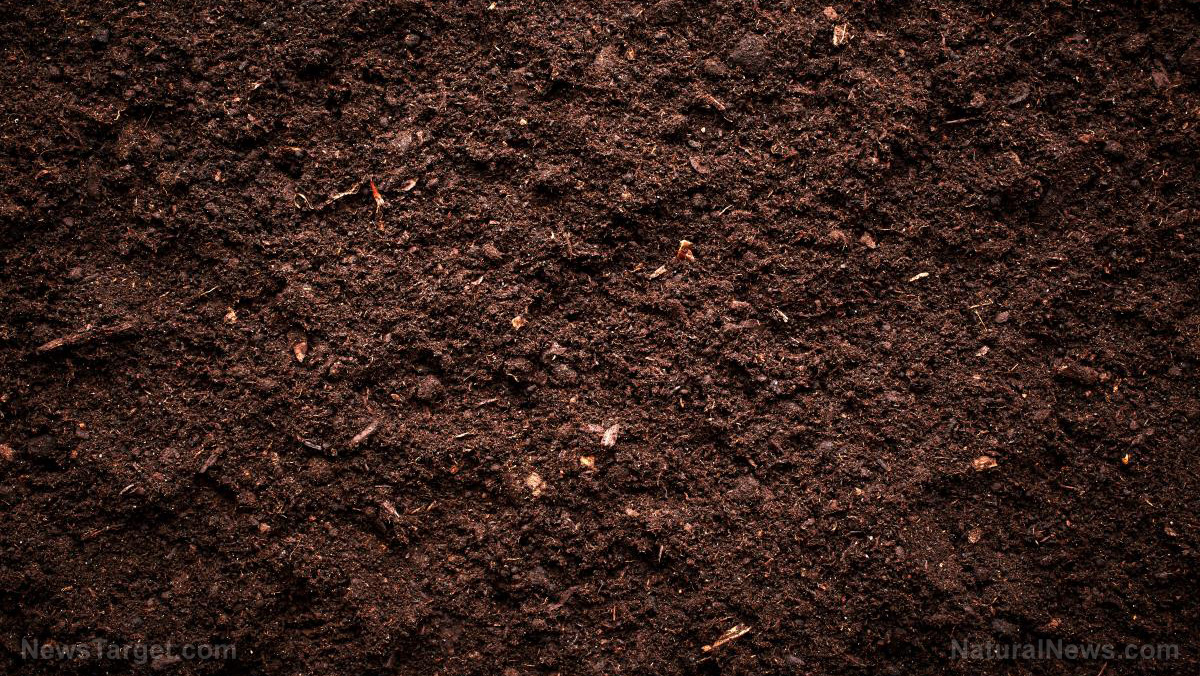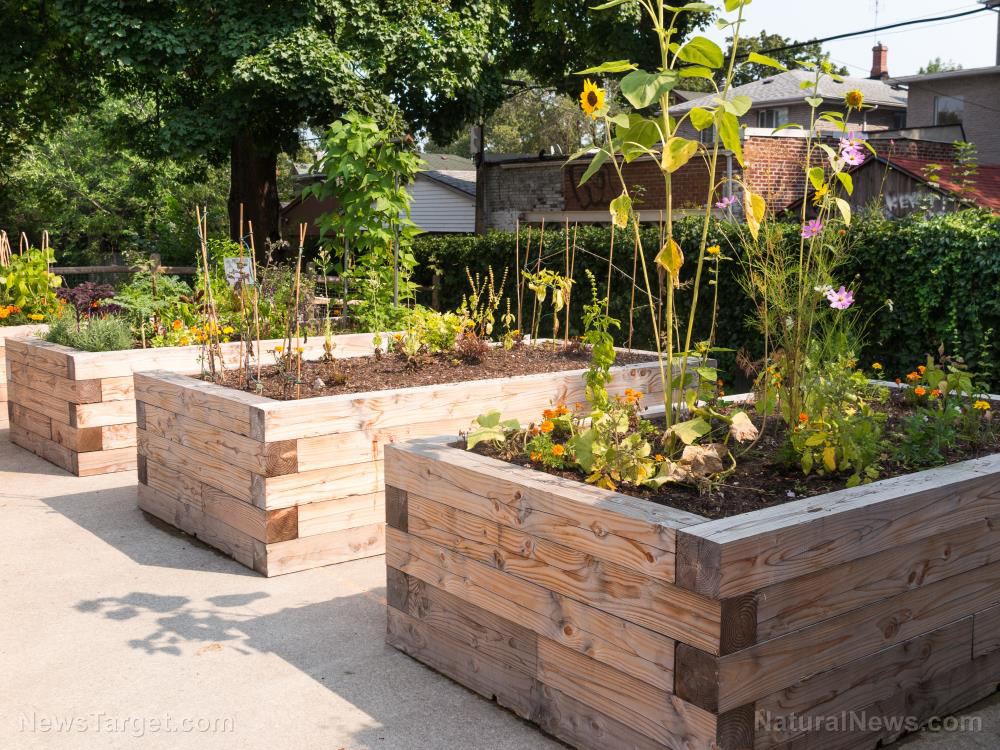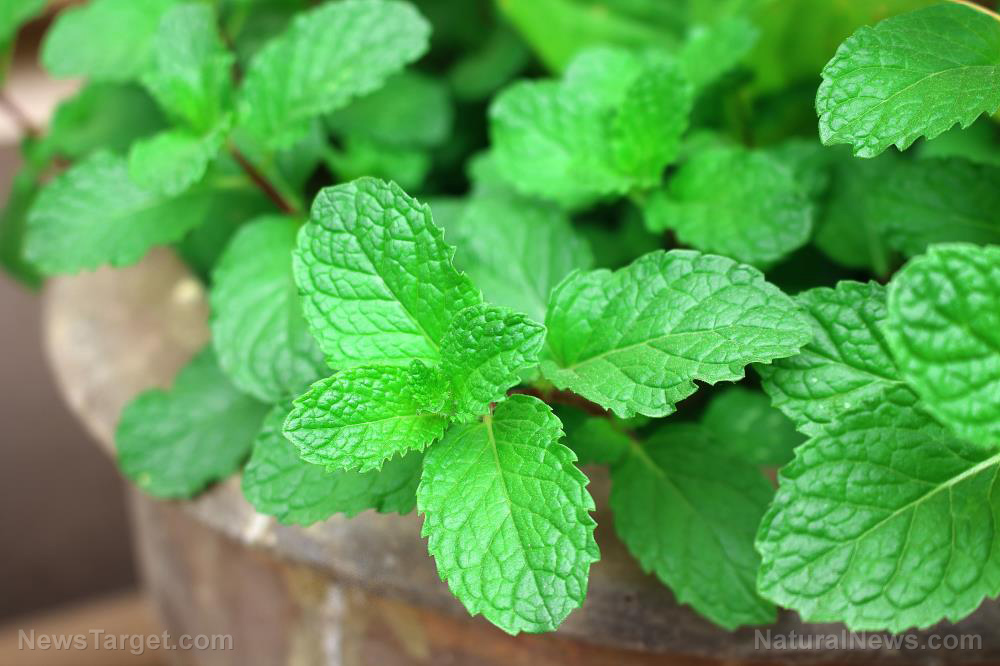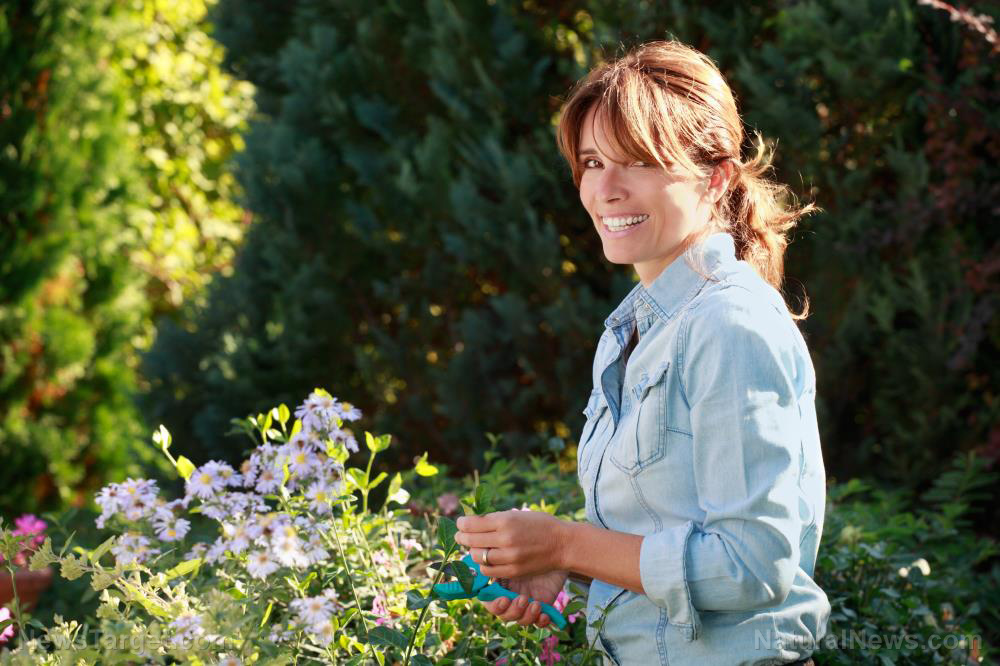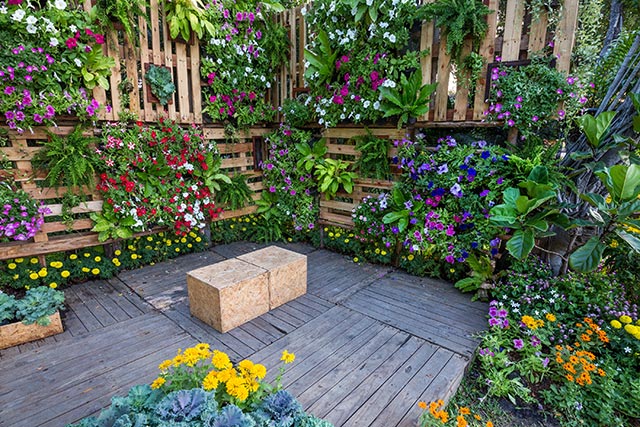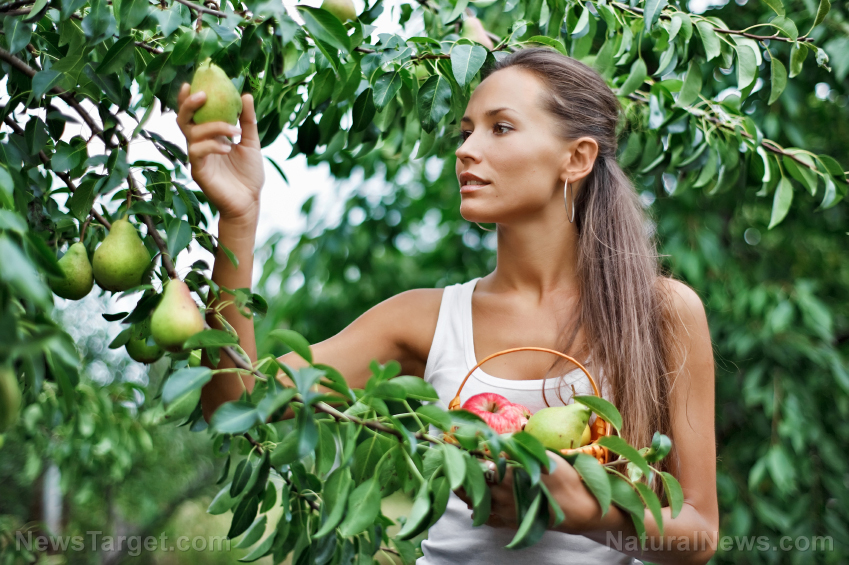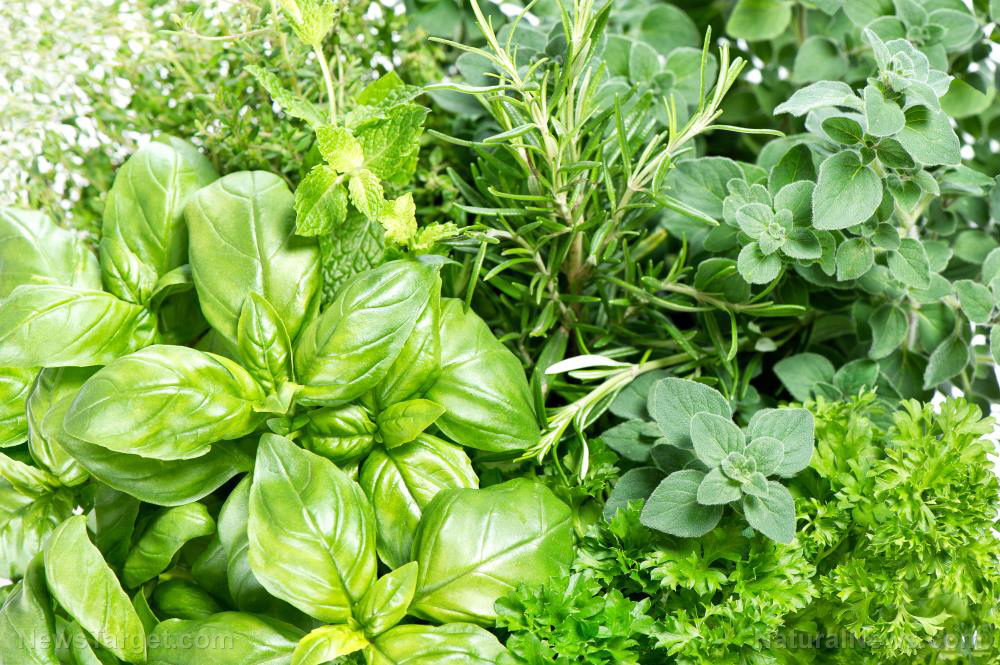Start today: Plant these food-producing trees on your property now
06/27/2018 / By Zoey Sky
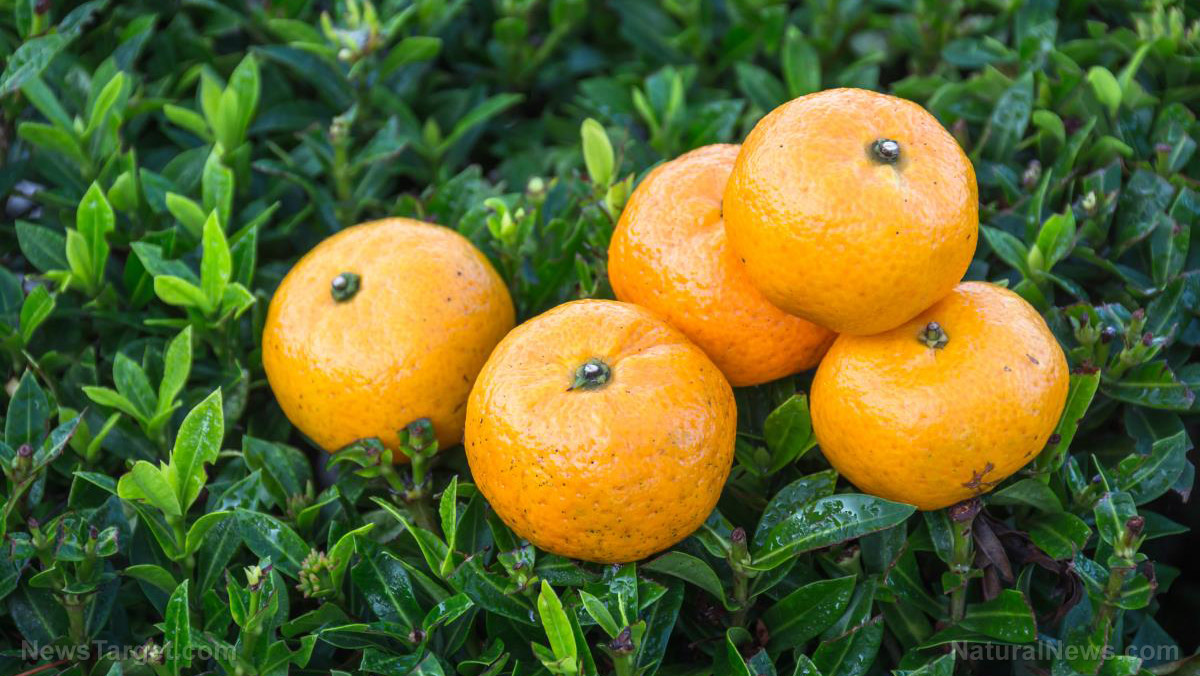
Self-sufficiency is important for preppers. After all, when SHTF, preppers will simply bug in or bug out with the necessary gear and supplies while the rest of the populace runs around panicking.
To maintain this habit of self-reliance, most preppers cultivate various vegetables in their gardens. Some even have fruit trees on their property, ensuring that they always have a source of fresh produce all year round. (h/t to ModernSurvivalBlog.com.)
If you’re a beginner it might seem daunting to move on from vegetable plots to fruit trees, but it’s an effort that’s well-worth your time. After all, who’s going to say no to free food?
Fruit tree climates and hardiness zones
If you’re new to planting food-producing trees, here are some basics that you need to keep in mind.
You can’t just haphazardly plant any sort of fruit tree in your backyard because you need to consider the climate in the area where you live. Before you start, check the hardiness zones in your area. These range of zones will be your guide when choosing the fruit trees that can thrive in a particular location.
The climate zones are determined by the average minimum yearly low temperatures. If you’re not sure, ask around. Your neighbors could already be growing fruit trees that are well-suited to your area.
Hardiness zones
- Zone 1: Below -50 degrees F
- Zone 2: -50 degrees F to -40 degrees F
- Zone 3: -40 degrees F to -30 degrees F
- Zone 4: -30 degrees F to -20 degrees F
- Zone 5: -20 degrees F to -10 degrees F
- Zone 6: -10 degrees F to 0 degrees F
- Zone 7: 0 degrees F to 10 degrees F
- Zone 8: 10 degrees F to 20 degrees F
- Zone 9: 20 degrees F to 30 degrees F
- Zone 10: 30 degrees F to 40 degrees F
- Zone 11: 40 degrees F to 50 degrees F
- Zone 12: 50 degrees to 60 degrees F
- Zone 13: 60 degrees F to 70 degrees F
By familiarizing yourself with the hardiness zones, you’ll have a better chance of growing fruit trees that can be a source of fresh produce for your whole family.
Tips about hardiness zones
By reading up on the kind of fruit tree that you want to plant, you’ll be able to take advantage of the best planting times. This can help increase your chances of a fruitful harvest. Factors such as chill hours, dormancy periods, and hardiness all affect how well fruit trees will grow in the zone that your garden is in.
- Choose fruit trees that are suitable for the zone that you live in – Check hardiness zones and its compatibility for any fruit tree that you wish to plant so you don’t waste your time and effort by planting the wrong kind of tree. Don’t plant trees that are suited to colder zones, e.g. Zones 3 to 6, if you live in southern regions since it’s warm the whole year. Verify if a fruit tree that you’re interested in planting needs “chill hours” coupled with a dormant resting period to bloom and bear fruit. You should also skip trees that aren’t cold-hardy if you’re in a northern area with harsh winters. There’s also the option to plant fruit trees in containers so you can move them inside if they need protection from the cold.
- The best planting time depends on your hardiness zone – Timing is always crucial when it comes to gardening. Since there are different hardiness zones, many environmental factors can take place at various times. Plant in cooler weather to let dormant trees acclimate so they can “wake up” with nature. Cooler weather will also minimize the amount of water that a tree needs and lets it have a less-stressful start.
- Study your zone’s native growing conditions and use it to your advantage – Plant accordingly to maximize the growing conditions of your zone. Every hardiness zone comes with certain conditions that will influence where you can plant and how it can affect a tree. Read up on your planting zone so you can prepare for any issues that may arise when planting. Test the soil before you plant so you can make any necessary preparations for your fruit trees. Learn how to protect and winterize fruit trees if you’re located in zones that have cold winters. Lastly, read up on how to acclimate new plants and trees if you’re in a zone with prolonged cold weather in spring.
Learn more about fruit-bearing trees that you can plant in your homestead at Foodsupply.news.
Sources include:
Tagged Under: bug in, clean food, food independence, food supply, fresh produce, fruit trees, fruits, hardiness zones, home garden, home gardening, Homestead, homesteading, how to, off grid, organics, preparedness, prepper, prepping, self sufficiency, self-reliance, self-sustainability, survival, survival food, sustainable living, urban gardening






